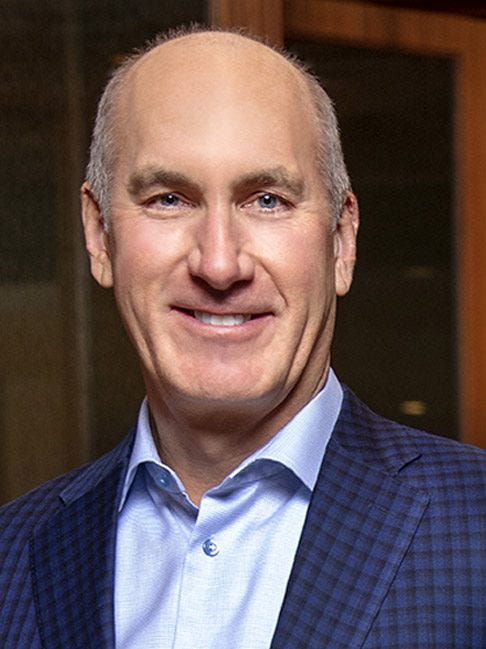Wholesale Costs Bite AT&T Business Wireline Revenue in Q2 EarningsWholesale Costs Bite AT&T Business Wireline Revenue in Q2 Earnings
AT&T executives stressed the importance of putting customers on infrastructure the carrier owns and operates.

Rising wholesale network access costs and lower government spending propelled further AT&T business wireline revenue decline in the telco’s second-quarter earnings.
AT&T shared data on Thursday that reflects challenging macroeconomic circumstances as well as the carrier’s own efforts to reposition its core services to technologies such as fiber and 5G. Business wireline revenue dropped almost 8%, to $5.6 billion. Moreover, operating income for business wireline declined nearly 34% compared to a year ago.
Compare that to consumer wireline revenue, which increased a little more than 1% year-over-year. The wireline business is shrinking more in the office than at home. Nevertheless, consumer wireline operating income declined a little more than 1%.
AT&T pointed to less demand for traditional voice and data, as well as decreases in the public sector. In addition, the 2% decrease in operational expenses for business wireline reflects AT&T’s goal of “de-emphasizing non-core services” and repositioning business wireline.
CEO John Stankey said AT&T faces more pressure on business wireline than expected.
“This [legacy voice and data] business is increasingly facing secular pressures as customers replace traditional voice services with mobile and other collaboration solutions. On the data front, VPN and legacy transport services are being impacted by technology transitions to software-based solutions. Today, approximately half of our segment revenue comes from these types of services,” Stankey said in a second-quarter earnings call on Thursday.

AT&T’s John Stankey
Overcoming Pressures
Stankey said his team hopes government spending will increase. He attributed 20% of the year-over-year business wireline revenue decline to government sales.
He also said the volume of enterprise infrastructure solutions might offset pricing reductions. Moreover, he noted that contractual resets increased costs due to inflation and wholesale network access charges. AT&T will pursue product migration, alternate providers and wholesale pricing adjustments to manage the cost pressure.
However, he said AT&T finds it “prudent to reset expectations.”
AT&T chief financial officer Pascal Desroches said the latest declines re-emphasize the need to put customers on infrastructure that AT&T owns and operates. He added that connectivity service revenue grew almost 15% year-over-year. The company attributes much of that growth to fiber.
“The world for us moving forward is a data VPN-replacement world,” Stankey said. “And that’s where we’re going to make our bread and butter. Our play in voice is to penetrate more deeply into wireless in these spaces.”
AT&T business operating income fell nearly 18% year-over-year.

AT&T’s Pascal Desroches
Mobility Success
Aside from certain concerns in the business wireline segment, AT&T celebrated success in other categories. Mobility revenue increased more than 5%, to $19.9 billion, for an operating income of $6.2 billion.
The company also reported the most second-quarter postpaid phone net additions than it had in more than 10 years.
A major headline from the earnings release was AT&T’s decision to decrease its forecasted full-year free cash flow from $16 billion to $14 billion. Stankey said AT&T is witnessing “longer collection cycles and inflationary costs that we’ve not been successful in fully offsetting.”
“These cash flow impacts, along with expectations for a more tempered economic climate in the latter half of the year, have led us to adjust our cash flow expectations for the full year, even with our expected material improvements over the next 2 quarters,” Stankey told investors.
AT&T continued to lead J.D. Power’s large enterprise segment in its business wireline customer satisfaction rankings.
Want to contact the author directly about this story? Have ideas for a follow-up article? Email James Anderson or connect with him on LinkedIn. |
About the Author
You May Also Like


